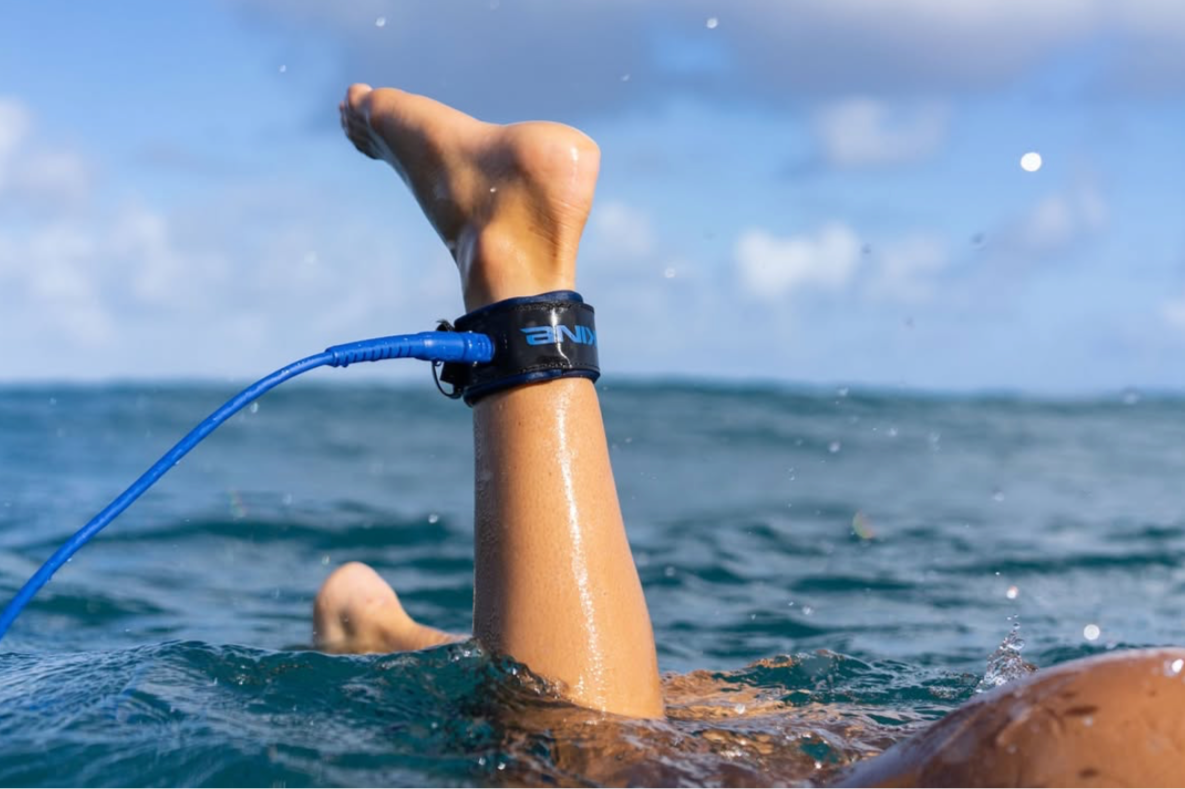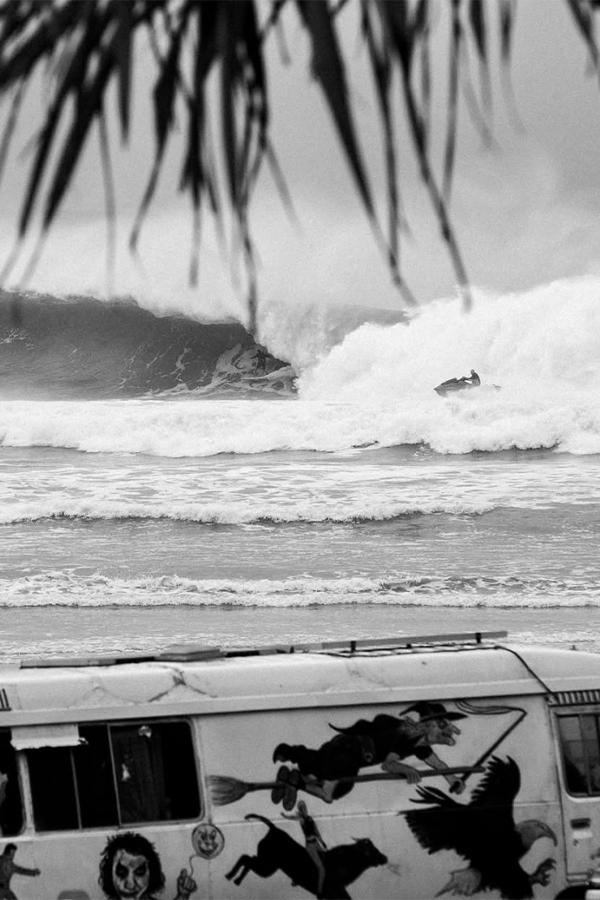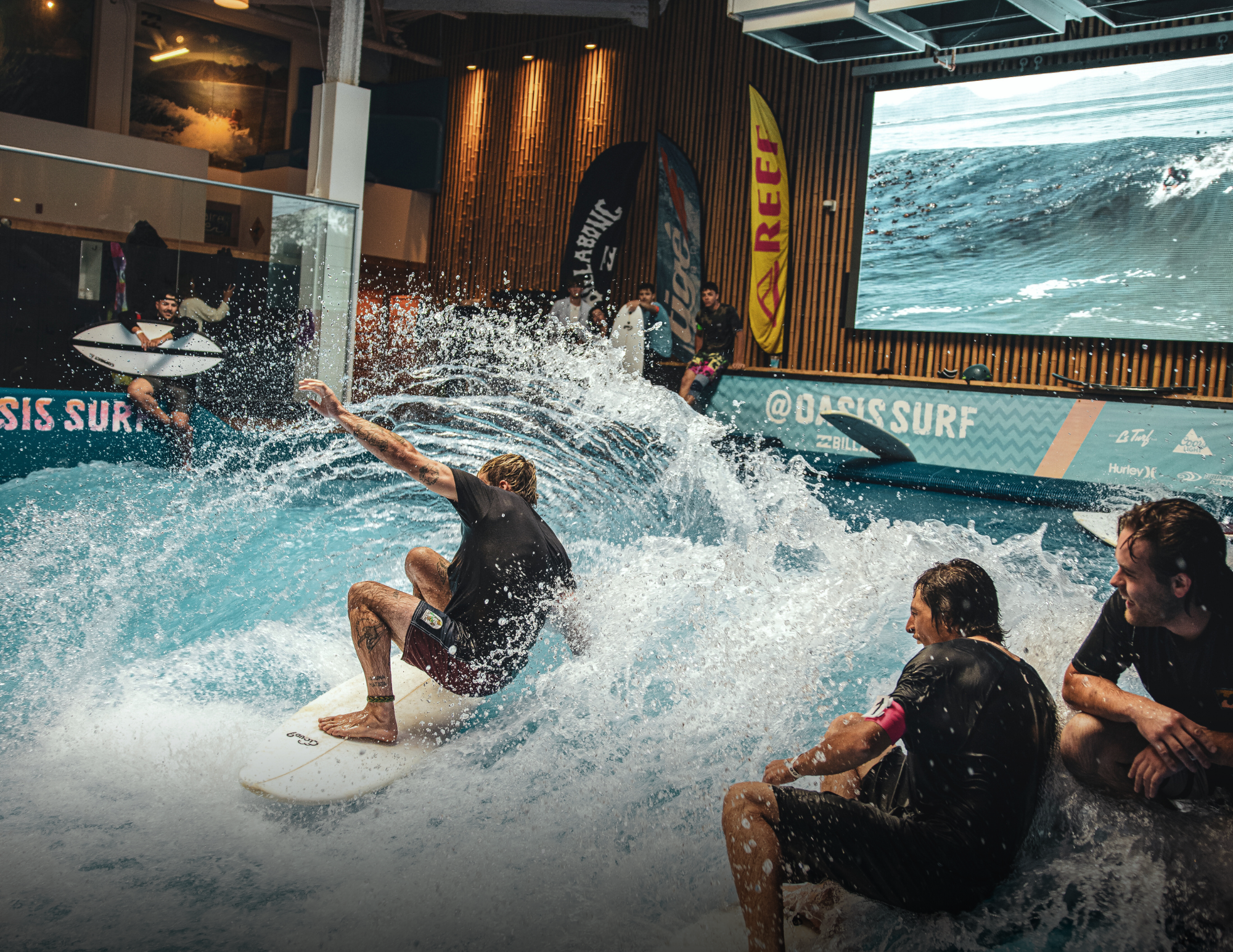Surf leash: how to choose, attach and maintain it?
What is a surf leash?
The leash is the cord that connects you to your board. A small accessory... but an essential role: to prevent you from losing your board every time you fall. It's sometimes called the lifeline , and for good reason: when you take a tumble, you're happy to be able to pull on it to bring your board back. They come in all sizes , lengths , and thicknesses , depending on your surfing style and conditions. Feeling a bit lost? Don't worry, we'll explain everything!
What size leash should I choose?
The general rule: choose a leash that is the same size as your board, or slightly larger .
Examples of leash/board correspondence:
-
6'4” board → 7 foot leash
-
7'8” board → 8 foot leash
-
8'9” board → 9 foot leash
A leash that's too short pulls on your ankle and can hamper your maneuvers. Too long, and it gets tangled. Finding the right balance is key.

What leash diameter for which wave?
The diameter of the leash depends on the surf conditions :
|
Terms |
Wave height |
Recommended diameter |
|---|---|---|
|
Small waves |
0 to 3 feet |
5 mm |
|
Medium waves |
4 to 8 feet |
6.5 mm |
|
Big waves |
8 feet and over |
reinforced leash, big wave |
A leash that's too thin in big waves? It might break. And then, your session is over. Be prepared, adapt your leash to the conditions!
How to properly attach your leash?
An improperly attached leash can not only be ineffective, but also damage your board. Here are some best practices:
Leg side (velcro):
-
On wetsuit: tighten the leash well around the ankle.
-
Without wetsuit: attach it directly to the skin.
Board side (rail saver):
-
The scratch part is called the rail saver .
-
It attaches to the plug via a cord .
-
Important: The cord must be short to avoid damaging the rails in the event of a fall.
Tip : A properly mounted leash protects your board and extends the life of your equipment.
How to properly store your leash?
We've all seen leashes wrapped around fins on Instagram... but that's not a good idea!
The leash has a shape memory . If stored incorrectly, it will wrap around your leg during the session, which can become annoying.
Best practices:
-
Hang him by the middle
-
Or lay it flat in your cover
In short: no knots, no twisting, no wrapping around the fins!
Why surf with a leash?
Some purists like to surf without a leash, for the freedom or aesthetics. But for the vast majority, especially beginners and intermediates, the leash is a safety essential .
It's also... your best excuse to justify a missed session:
“I missed my air reverse one foot melon grab… my foot was stuck in the leash!”
“I was about to get out of the barrel, but the leash jumped out of the water and made me fall…”
Conclusion: Choose the leash that’s right for you
A leash is more than just an accessory: it's an essential part of your surfing gear. When properly chosen, properly attached, and properly maintained, it will accompany you through all your surfing sessions—safely.
Did you know that we sell surfboard leashes in our website store ?
Need advice? Have a question? Come see us in store or contact us; we'll be happy to help.



